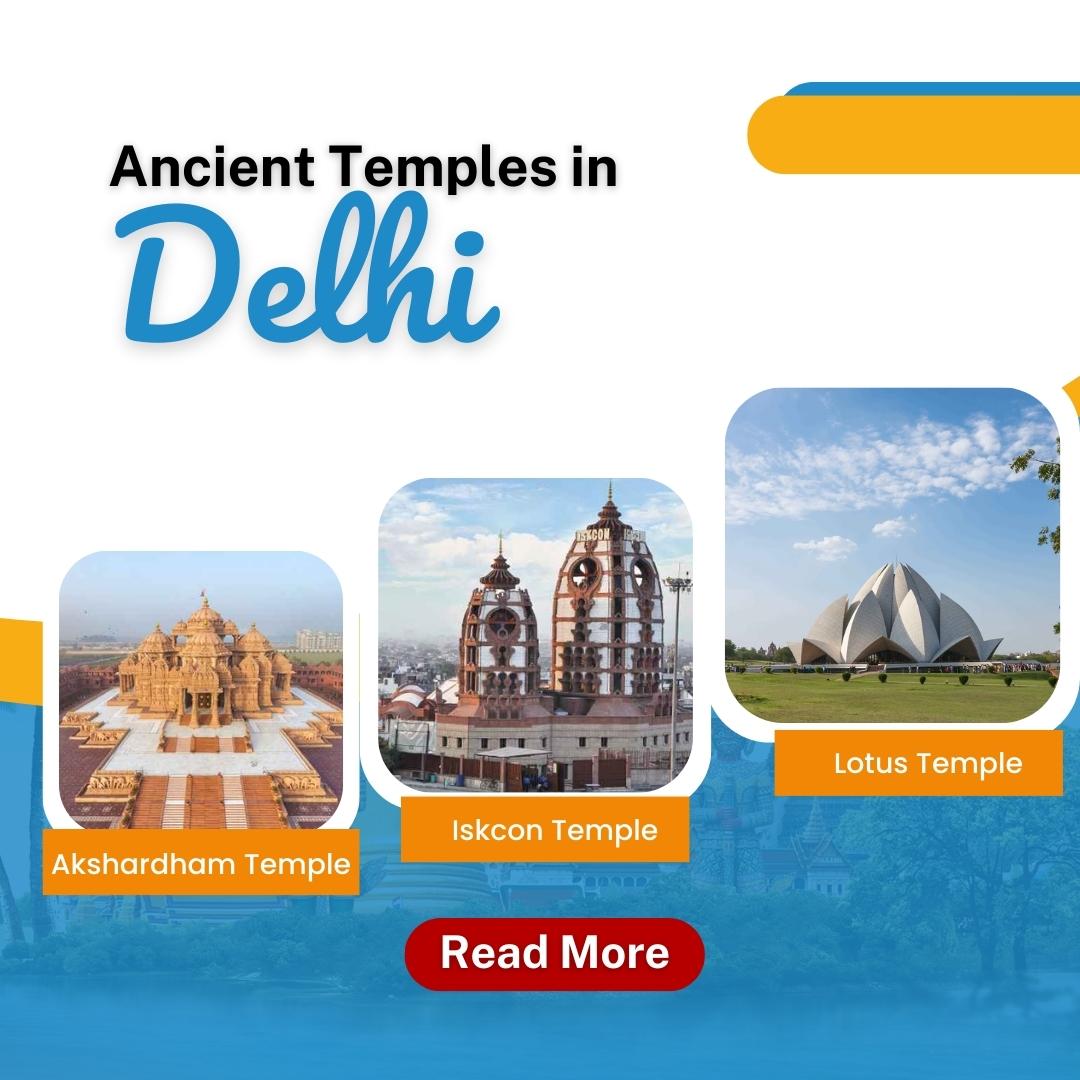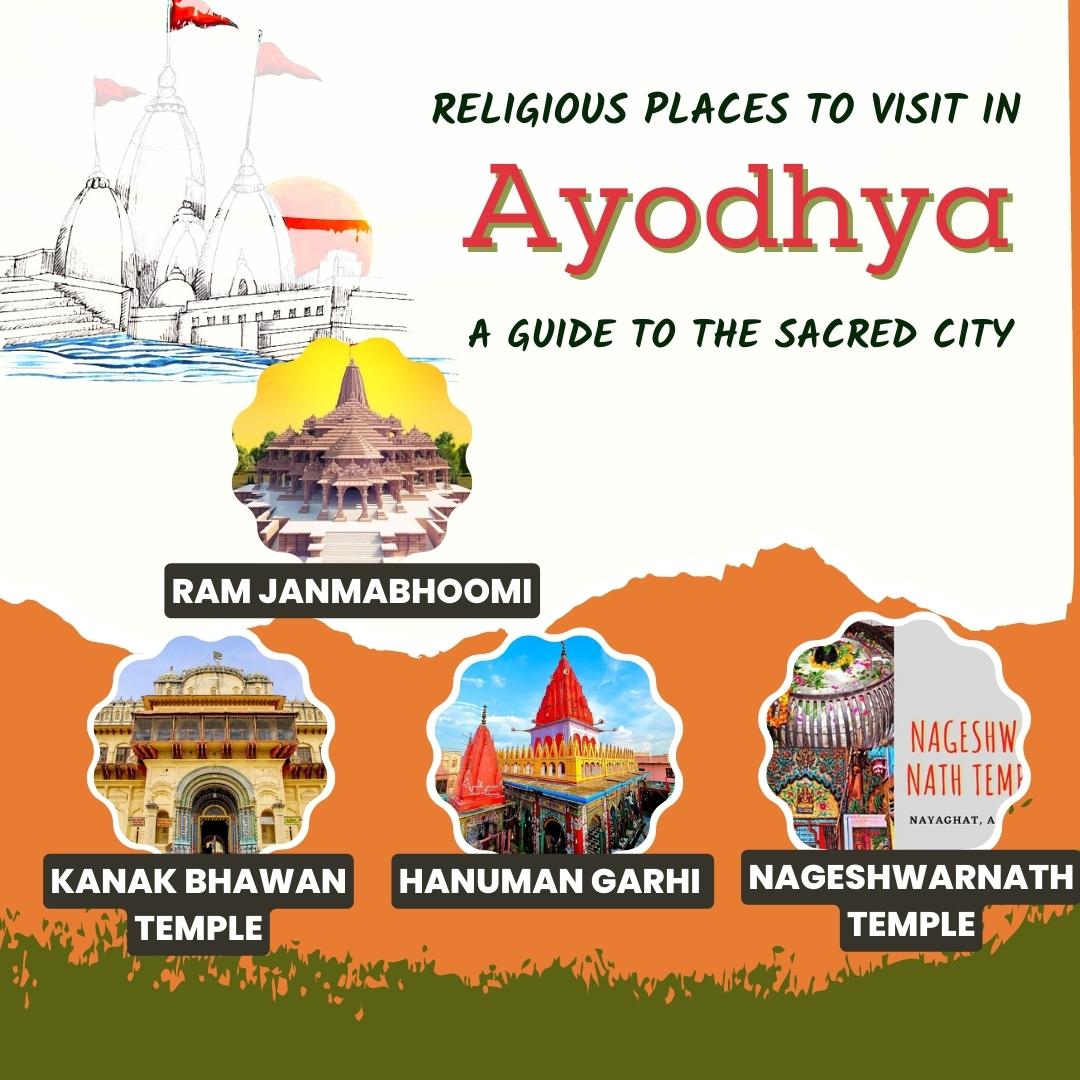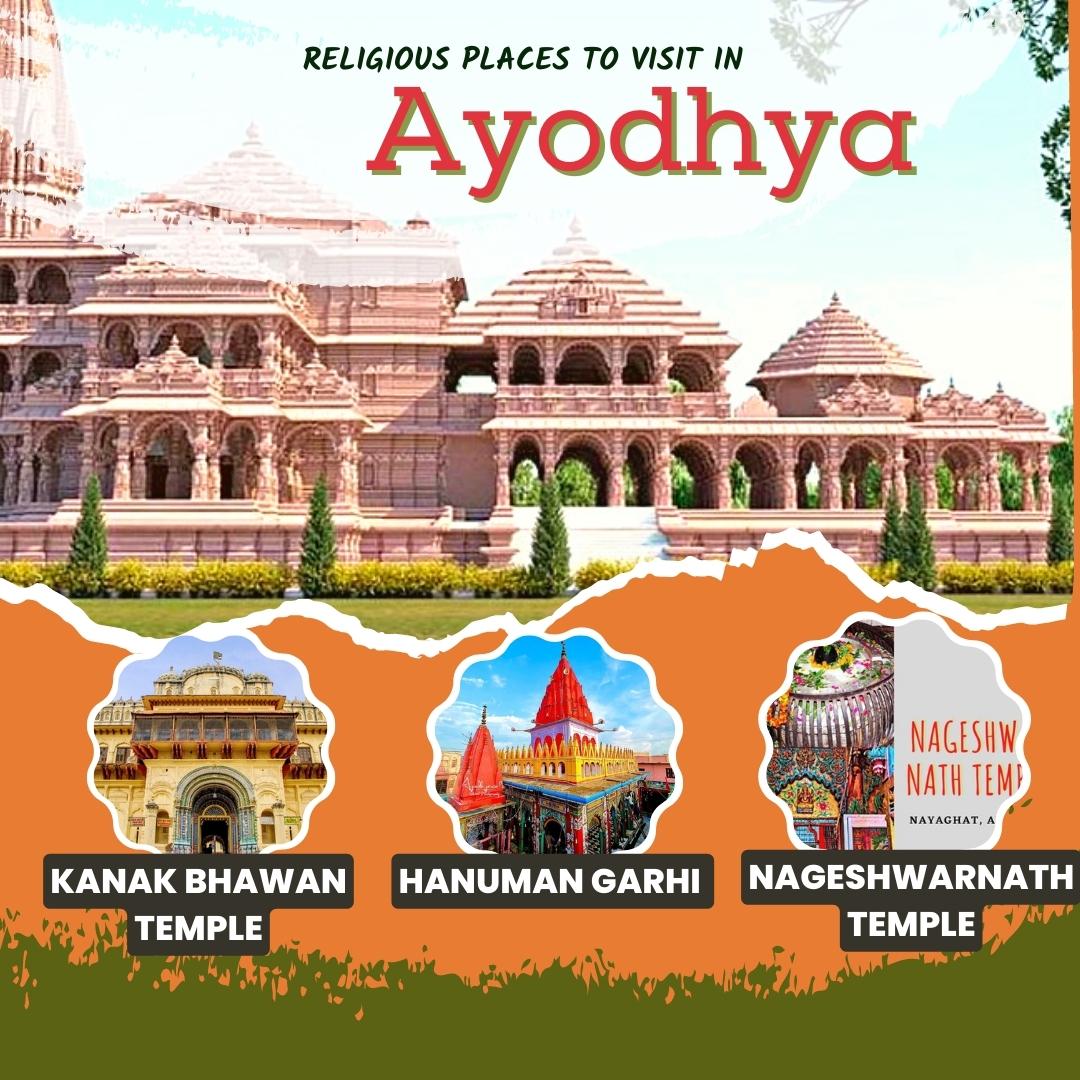
Delhi, the capital city of India, is a treasure trove of historical and architectural wonders. Among its numerous attractions, the city is home to three UNESCO World Heritage Sites that showcase the rich cultural heritage of the region. In this article, we will delve into the history, architectural features, and visiting information of these magnificent sites, offering you a glimpse into Delhi’s glorious past. Let’s know about World Heritage Sites in Delhi.
Qutub Minar
Historical background and significance of Qutub Minar
Qutub Minar, built in 1193 by Qutub-ud-din Aibak, is the tallest brick minaret in the world. This remarkable structure, standing at a height of 73 meters, was constructed to celebrate the victory of the Delhi Sultanate over the last Hindu kingdom in the region. Over the years, the minaret has become an iconic symbol of Delhi’s rich history.

Unique architectural features and craftsmanship
The Qutub Minar exhibits a blend of Indo-Islamic architectural styles, with intricate carvings and inscriptions adorning its five storeys. The first three storeys are made of red sandstone, while the top two are constructed with marble and sandstone. The tapering tower features balconies supported by decorative brackets, which offer a stunning view of the surrounding area.
Visiting information: Timings, entry fee, and tips
Qutub Minar is open to visitors from sunrise to sunset, and an entry fee is applicable. It is advisable to visit early in the morning or late afternoon to avoid crowds and enjoy pleasant weather. While photography is allowed, climbing the minaret is prohibited due to safety concerns.
Humayun’s Tomb
Historical background and significance of Humayun’s Tomb
Built in 1570, Humayun’s Tomb is the final resting place of the Mughal Emperor Humayun. Commissioned by his widow, Bega Begum, this grand mausoleum represents the pinnacle of Mughal architecture and served as the inspiration for the world-famous Taj Mahal.

Exemplary Mughal architecture and design elements
Humayun’s Tomb is an architectural marvel, featuring a symmetrical layout, red sandstone facade, and white marble dome. The tomb is surrounded by a beautiful Charbagh garden, divided into four sections by water channels, symbolizing the Islamic concept of paradise.
Visiting information: Timings, entry fee, and tips
Humayun’s Tomb is open daily from sunrise to sunset, and an entry fee is applicable. The best time to visit is during the early morning or late afternoon when the temperature is cooler. Guided tours are available, offering an in-depth understanding of the site’s historical and architectural significance.
Red Fort
Historical background and significance of Red Fort
The Red Fort, also known as Lal Qila, was built by Emperor Shah Jahan in 1648. This imposing sandstone fortress served as the residence of Mughal emperors for nearly two centuries, and its grand architecture is a testament to the opulence of the Mughal era.

Majestic architecture and various structures within the fort
The Red Fort is an architectural masterpiece, featuring high walls, ornate gates, and a series of palaces, halls, and gardens within its premises. Notable structures include the Diwan-i-Aam, Diwan-i-Khas, Rang Mahal, and Moti Masjid, each boasting exquisite craftsmanship and decorative elements.
Visiting information: Timings, entry fee, and tips
The Red Fort is open to visitors from Tuesday to Sunday, with an entry fee applicable. It is closed on Mondays. Guided tours are available, offering insights into the fort’s history and architectural features. The evening sound and light show is a popular attraction, narrating the story of the Mughal Empire through a spectacular display of lights and music.
Exploring UNESCO World Heritage Sites in Delhi
Best time to visit
The ideal time to explore Delhi’s UNESCO World Heritage Sites is during the winter months (October to March), when the weather is pleasant and perfect for sightseeing.
Guided tours and educational experiences
Many of these historical sites offer guided tours or audio guides, providing an immersive experience and a deeper understanding of their cultural and historical significance. Opting for a guided tour is highly recommended for those interested in learning more about these landmarks.
Responsible tourism and respecting local customs
When visiting these heritage sites, it is essential to respect local customs and follow the guidelines set by the authorities. This includes adhering to the dress code, maintaining cleanliness, and not touching or climbing the monuments. Responsible tourism helps preserve these precious sites for future generations.
Conclusion
Delhi’s UNESCO World Heritage Sites are a testament to the city’s rich cultural and historical legacy. Each site offers a unique glimpse into the past, leaving visitors in awe of the architectural brilliance and craftsmanship of bygone eras. As you explore these magnificent landmarks, take a moment to appreciate the stories they tell and the history they represent, and let the spirit of Delhi’s heritage sweep you off your feet.














